 We have reached a milestone here at the Old Salt Blog. We have passed a million pageviews! Specifically, according to Google Analytics, as of this morning, 541,358 unique visitors have viewed 1,052,167 pages on the blog. (The numbers are actually higher as the blog is also syndicated via RSS, email and OpenSalon.com.) For CNN or Huffington Post, one million page views is part of a Thursdays afternoon, but for a personal blog supported by contributors and readers, it is a pretty big deal. Thanks to all our readers and contributors for their support, interest and at times, patience. We literally could not have reached this milestone without you.
We have reached a milestone here at the Old Salt Blog. We have passed a million pageviews! Specifically, according to Google Analytics, as of this morning, 541,358 unique visitors have viewed 1,052,167 pages on the blog. (The numbers are actually higher as the blog is also syndicated via RSS, email and OpenSalon.com.) For CNN or Huffington Post, one million page views is part of a Thursdays afternoon, but for a personal blog supported by contributors and readers, it is a pretty big deal. Thanks to all our readers and contributors for their support, interest and at times, patience. We literally could not have reached this milestone without you.
As the blog’s founder, host and chief cook and bottle-washer, I have also reached a personal milestone within the last few months. After writing for more years than I care to count, I finally published my first novel, Hell Around the Horn. I have been very gratified. The reviews have been great.
As we can’t really give out party hats, we will be giving away books! To celebrate the two milestones this week, we will be giving away copies of my novel in both paperback and Kindle formats. Tomorrow, we will post about how you can enter a raffle for one of ten paperback copies of Hell Around the Horn that we will be giving away. On Thursday and Friday, Hell Around the Horn will also be free on Amazon in Kindle format. The winners of the paperback copies will be chosen at random. There is no limit on the number of Kindle copies that we will give away.
Again, thanks to all our readers and contributors. We sincerely appreciate your support.
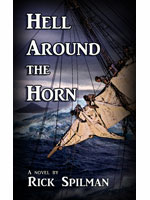 To celebrate passing one million pageviews on the Old Salt Blog, we will be giving away copies of my novel, Hell Around the Horn. Kindle readers will be able to download the novel for free from Amazon on Thursday, December 20th and Friday, December 21st. To download your free copy, go to Amazon or click here on Thursday or Friday.
To celebrate passing one million pageviews on the Old Salt Blog, we will be giving away copies of my novel, Hell Around the Horn. Kindle readers will be able to download the novel for free from Amazon on Thursday, December 20th and Friday, December 21st. To download your free copy, go to Amazon or click here on Thursday or Friday.
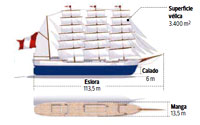 The Peruvian navy has laid the keel for its new sail training ship,
The Peruvian navy has laid the keel for its new sail training ship,  We have reached a milestone here at the Old Salt Blog. We have passed a million pageviews! Specifically, according to Google Analytics, as of this morning, 541,358 unique visitors have viewed 1,052,167 pages on the blog. (The numbers are actually higher as the blog is also syndicated via RSS, email and OpenSalon.com.) For CNN or Huffington Post, one million page views is part of a Thursdays afternoon, but for a personal blog supported by contributors and readers, it is a pretty big deal. Thanks to all our readers and contributors for their support, interest and at times, patience. We literally could not have reached this milestone without you.
We have reached a milestone here at the Old Salt Blog. We have passed a million pageviews! Specifically, according to Google Analytics, as of this morning, 541,358 unique visitors have viewed 1,052,167 pages on the blog. (The numbers are actually higher as the blog is also syndicated via RSS, email and OpenSalon.com.) For CNN or Huffington Post, one million page views is part of a Thursdays afternoon, but for a personal blog supported by contributors and readers, it is a pretty big deal. Thanks to all our readers and contributors for their support, interest and at times, patience. We literally could not have reached this milestone without you.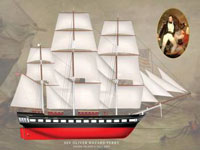
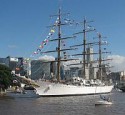 On October 2,
On October 2, 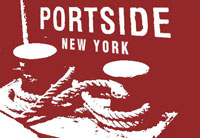 Really great news about the tanker,
Really great news about the tanker, 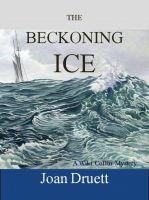
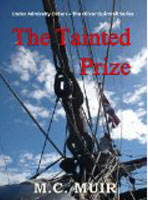 The Tainted Prize
The Tainted Prize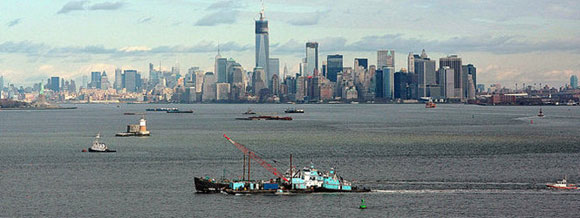
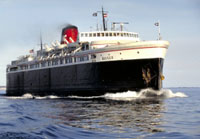 We recently
We recently  The government of Australia plans to establish the
The government of Australia plans to establish the The
The 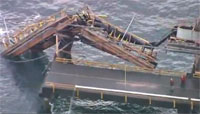 At around 1 AM on Friday morning, the
At around 1 AM on Friday morning, the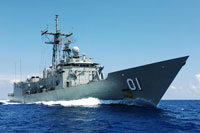 The transition from warship to artificial reef
The transition from warship to artificial reef